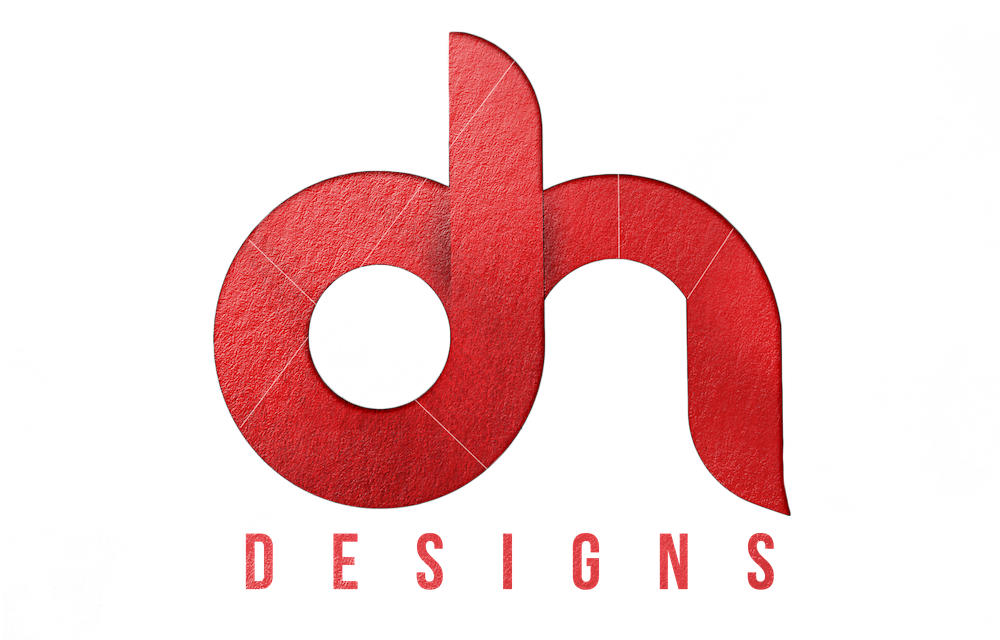The combined impact of innovative technologies and a rising concern for sustainable practices are expected to influence creative packaging design in the future. Creative packaging solutions that minimize waste, use fewer resources, and provide improved functionality are of critical importance as customers grow more aware of their environmental impact.
The following significant developments and trends are likely to shape the future of creative packaging design:
Sustainable Materials:
As an alternative to conventional plastics, packaging designers are progressively researching ecologic and biodegradable materials. Materials like bioplastics that can be composted, polymers manufactured from plants, and even containers constructed from agricultural waste are becoming more popular. The environmental performance of these materials is enhanced, their carbon footprint is decreased, and recycling and disposal are made simpler.
Minimalist and Lightweight Design:
Creative packaging designs that use few materials without sacrificing protection are only going to become progressively more popular. In addition to reducing material use, lightweight packaging also cuts shipping costs and energy consumption. Additionally, it fits with consumers’ growing taste for simple, uncluttered design.
Smart packaging:
Technology advancements are making it possible to include intelligent elements into creative packaging designs. This covers innovations like radio-frequency identification (RFID), near-field communication (NFC), and QR codes. Consumers can learn about a product’s source, legitimacy, and ecological credentials via smart packaging. Additionally, it can offer functions like customised messages, engaging experiences, and real-time freshness and quality monitoring.
Active and Intelligent Packaging:
The functionality of active packaging systems, which include antibacterial qualities, moisture management, and oxygen scavenging, is in tune with the contents. On the other side, intelligent packaging has sensors and indicators that give information on the product’s state, such as humidity, temperature, freshness, or tampering, in real time. These technologies contribute to increased consumer trust, waste reduction, and product shelf life extension.
3D Printing:
The design and production of creative packaging designs could be completely changed by additive manufacturing, which is also referred to as 3D printing. It facilitates sophisticated shape design, customization, and manufacturing on-demand while minimising waste of materials and transportation needs. Specific product dimensions can be accommodated in 3D-printed packaging, boosting protection and lowering the demand for additional padding materials.
Read topics: Sweet Box Design Trends to Watch Out for in 2023
Biodegradable and Compostable Packaging:
The difficulties of plastic pollution are being addressed by the development of compostable and biodegradable packaging materials. In composting plants or marine habitats, these materials naturally decompose, lessening their influence on ecosystems. Designers of creative packaging are concentrating on developing biodegradable substitutes that preserve the product’s integrity while being ecologically conscious.
Augmented Reality (AR):
It is possible for augmented reality to change how consumers engage with creative packaging design. It enables interactive narrative, virtual try-ons, and immersive product experiences, which improve brand engagement and distinctiveness. Additionally, AR can offer helpful product details, guidelines, and sustainability information, enabling customers to make wise decisions.
Conclusion:
In conclusion, a major focus on long-term viability environmentally friendly components, and the incorporation of technology will define creative packaging design in the future. In addition to being utilitarian, packaging will be used to create memorable experiences, communicate brand values, and lessen the environmental effect of products. Creative packaging designers may help create a more sustainable future by fusing cutting-edge design methodologies with a dedication to eco-aware practises.
Read more: The Role of Visual Communication Design in Building Strong Brand Identities and Recognition


